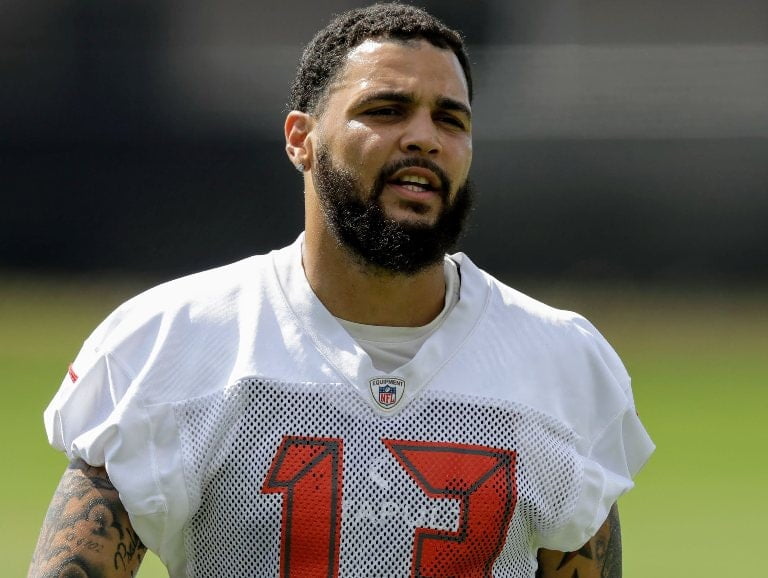


Mike Ervin founded Jerry’s Orphans, a group opposed the telethon, in 1991. Kemp died in 1997, but opposition to the telethon continued. “Handicapped children are not made aware that many disabled people can and do function in society as useful adults,” he noted. “Playing to pity may raise money, but it also raises the walls of fear between the public and us.” To Kemp, the telethon’s focus on children was also harmful to adults-and to the adults that the disabled children would become. “I am acutely aware of how many people in our society consider the disabled to be childlike, helpless, hopeless, nonfunctioning members of society,” Kemp wrote. In 1981, he wrote an op-ed in The New York Times, headlined: “No pity, please.” It is still routinely read in Disability Studies classes. Current Issueīut before that, Kemp was one of the first people to decry the telethon.

Lewis said himself in a 2001 interview with CBS Sunday Morning, “If it’s pity, we’ll get some money.” These children, audiences were assured, would die soon, unless viewers called and donated. The show deliberately presented children with muscular dystrophy to elicit pity from viewers. In 2003, Washington Post television critic Tom Shale described the telethon as a “triumphantly campy pageant-comics, magicians, cheerleaders, tap dancers, impressionists, Vegas-style singers in shiny tuxedoes, even ‘the Dancing Dads of Peoria, Ariz.’ One could feel truly teleported in time, as if show business had been stopped and frozen in 1962.” These acts were interspersed with commentary from Lewis, as well as Muscular Dystrophy Association poster children, known as Jerry’s Kids.

Later, as the telethon declined, it leaned heavily on amateur acts. The Jerry Lewis MDA Telethon was a celebrity extravaganza, at its height featuring acts like Frank Sinatra, the Jackson Five, and professional wrestler Hulk Hogan. And pity, historically, has been one of the biggest fundraising tools in any disability charity’s arsenal. But one thing was repeated again and again: These activists do not want to be pitied. The activists I interviewed talked about everything from the role of nonprofits in providing services to the use of children to comments made by the late Jerry Lewis himself. The answer is complex and has been heatedly discussed for decades. At first glance, this may seem baffling: Why would anyone protest a disability charity and its fundraising efforts? One protest group released an MDA telethon bingo card, highlighting the ableist cliches of disability charity events. That same day, activists with muscular dystrophy, many of them former MDA poster children, will protest the telethon with their own counterprogramming, including a Twitch stream to raise money for Neuromuscular Disabilities United, a disabled-led nonprofit.


 0 kommentar(er)
0 kommentar(er)
